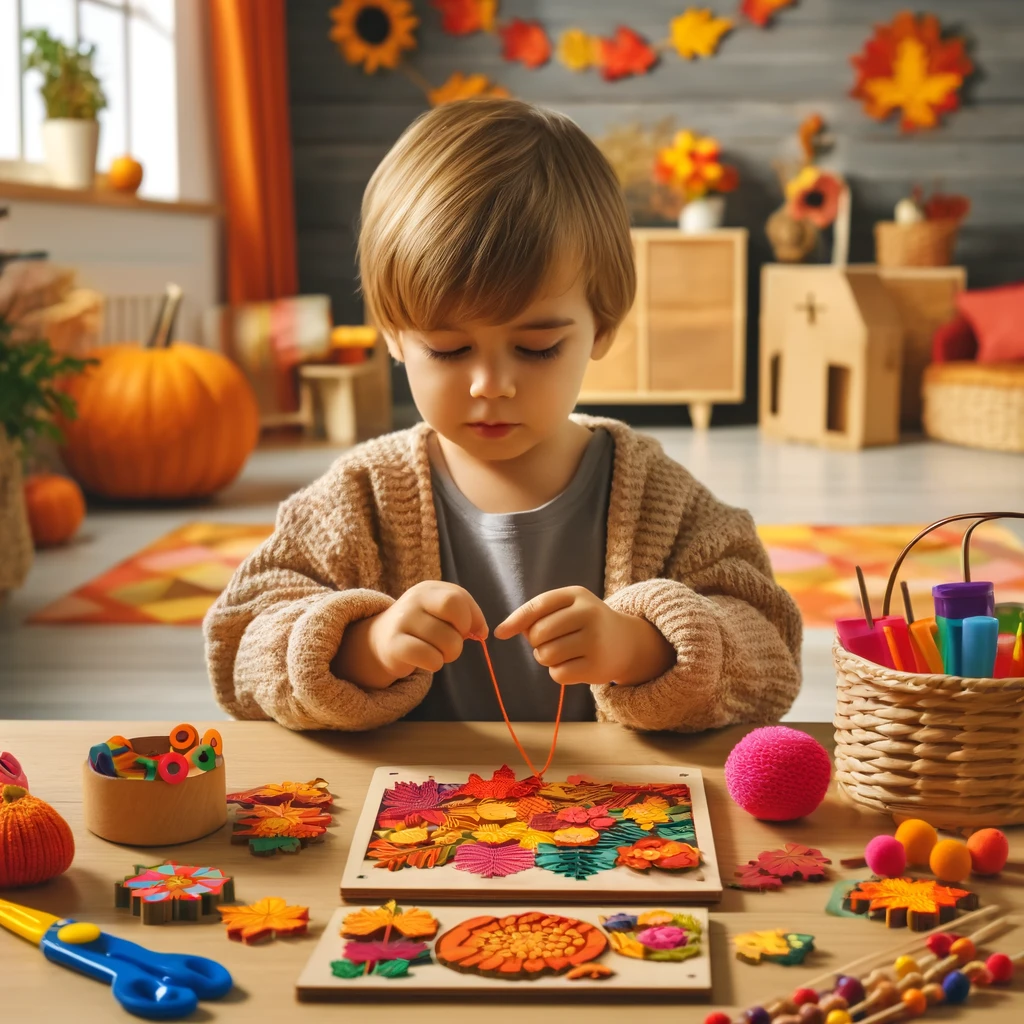Fine Motor Coordination: Activities and Tips to Boost Development
Fine motor coordination is a crucial skill that plays a vital role in a child’s overall development. From tying shoelaces to writing with a pencil, fine motor skills are essential for completing everyday tasks. In this article, we’ll explore what fine motor coordination is, why it’s important, and some effective activities to improve these skills in children.
What is Fine Motor Coordination?
Fine motor coordination refers to the ability to control small muscles in the hands and fingers to perform precise movements. These skills are necessary for tasks like holding objects, using tools, and engaging in activities requiring dexterity and precision.
Why is Fine Motor Coordination Important?
Developing fine motor coordination lays the foundation for academic, social, and practical skills. Key benefits include:
- Improved Handwriting: Proper coordination helps children write legibly and efficiently.
- Enhanced Independence: Tasks like dressing, eating, and grooming become easier.
- Better Academic Performance: Fine motor skills are linked to cognitive development and problem-solving abilities.

5 Simple Activities to Improve Fine Motor Coordination
1. Playdough Play
Manipulating playdough strengthens hand muscles and boosts creativity. Encourage kids to roll, flatten, and shape the dough into various forms.
2. Lacing Cards
Using fall-themed lacing cards is an engaging way to improve hand-eye coordination while introducing seasonal learning.
3. Button Sorting
Provide different-sized buttons and ask children to sort them by color or size. This activity enhances precision and fine motor control.
4. Cutting Practice
Supervised cutting activities using child-safe scissors improve grip and hand strength. Start with simple shapes before progressing to complex designs.
5. Pom-Pom Pick-Up
Use tweezers or tongs to pick up small pom-poms and place them into containers. This activity is excellent for finger coordination and grip strength.

Tips for Encouraging Fine Motor Coordination at Home
- Incorporate Daily Activities: Encourage kids to help with simple tasks like zipping their jackets or peeling fruit.
- Make it Fun: Use games and crafts to turn practice into playtime.
- Be Patient: Every child develops at their own pace. Celebrate small achievements to keep them motivated.
Fine Motor Coordination in Schools
Teachers play a vital role in enhancing fine motor skills in the classroom. Incorporating activities like building with blocks, using pencils, and engaging in group crafts can make learning more interactive and skill-oriented.
Conclusion
Fine motor coordination is a foundational skill that supports a child’s development in countless ways. By incorporating engaging activities and encouraging daily practice, parents and teachers can help children strengthen their fine motor abilities. Whether it’s through playdough, lacing cards, or sorting games, the opportunities to improve these skills are endless.
Start today, and watch as your child’s coordination and confidence grow hand in hand!








Post Comment